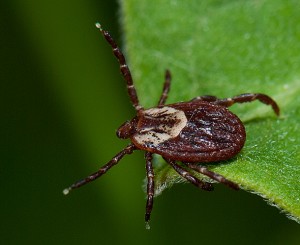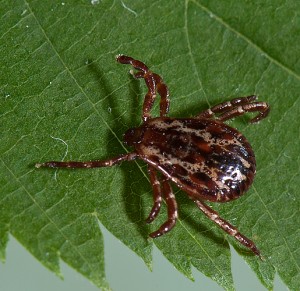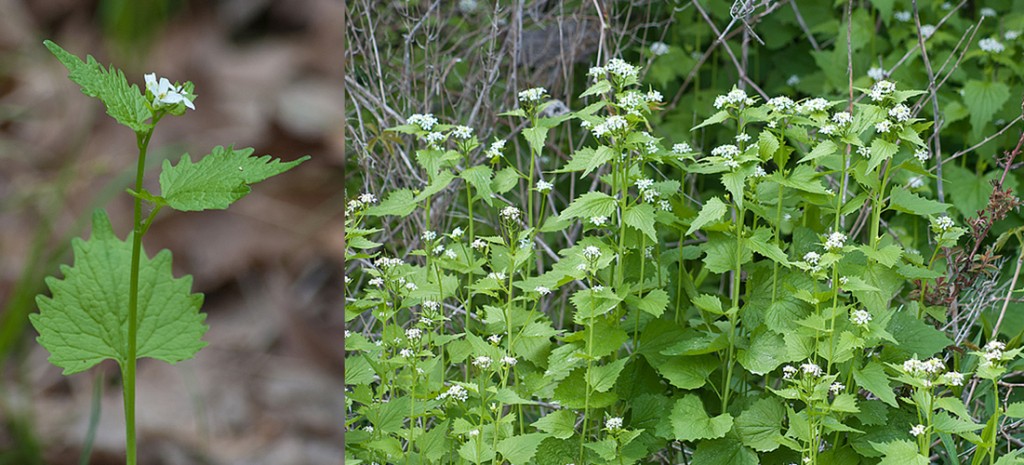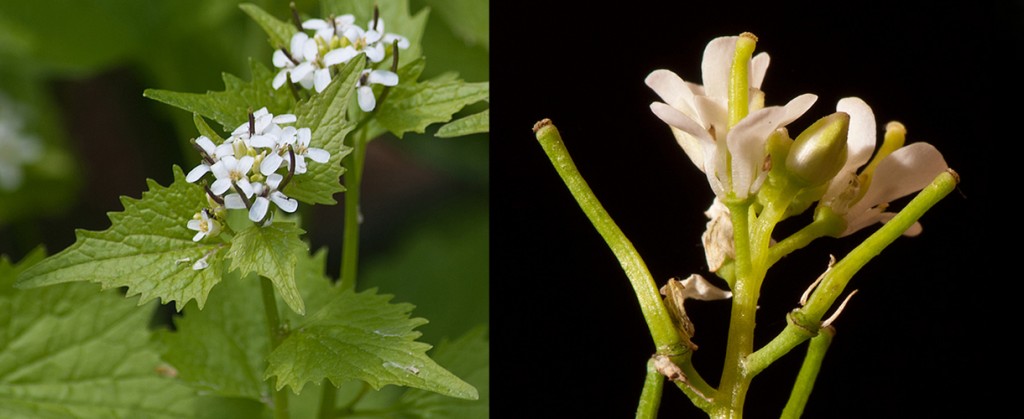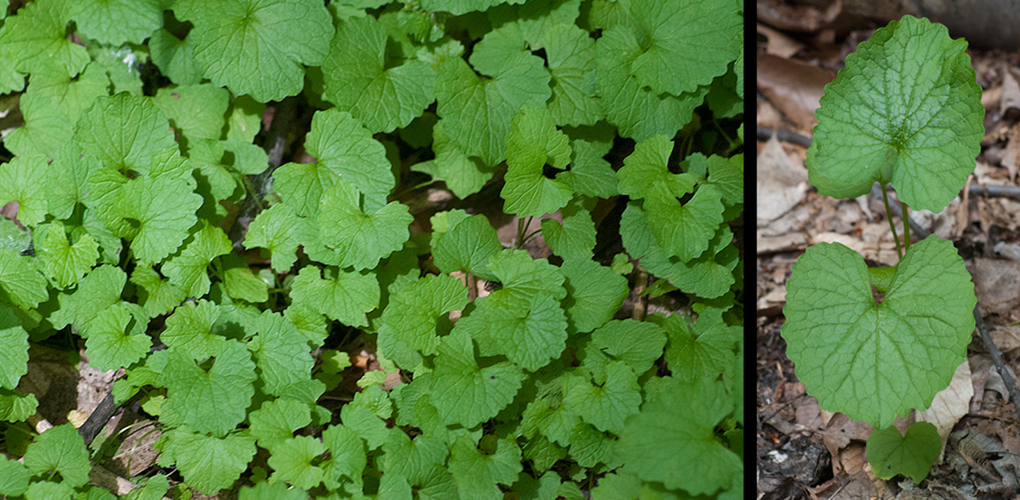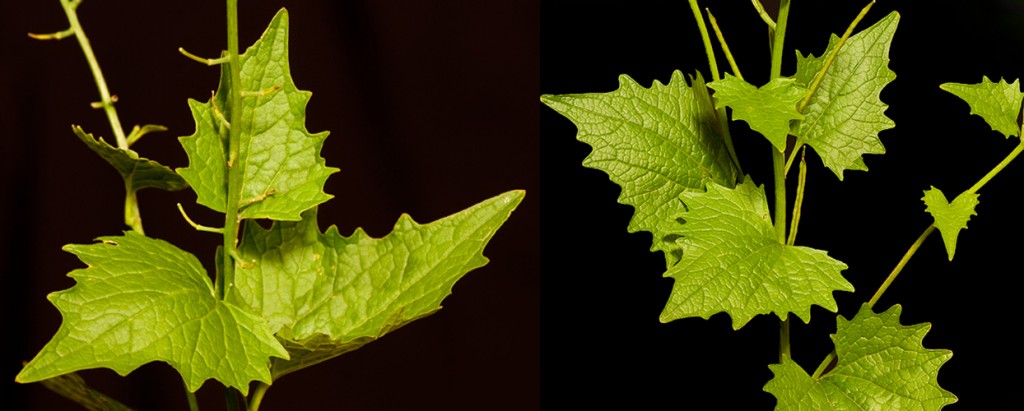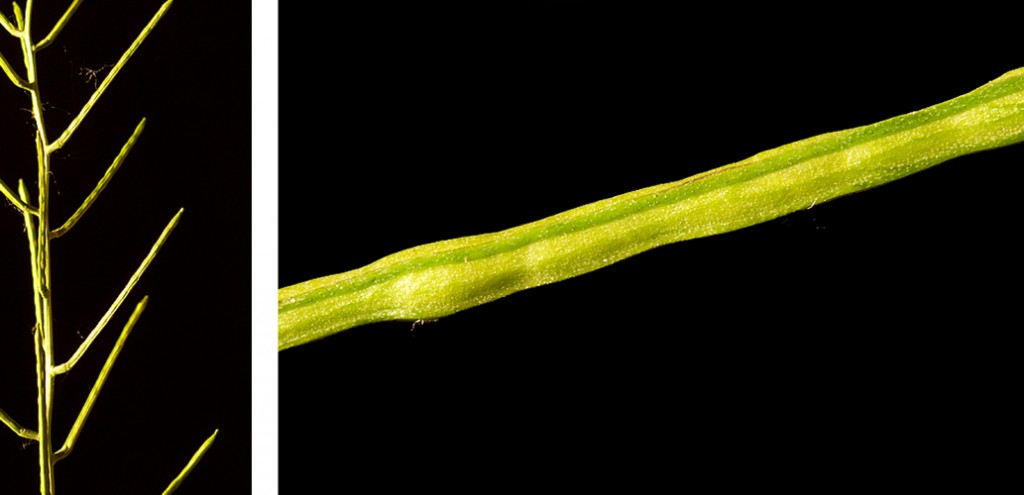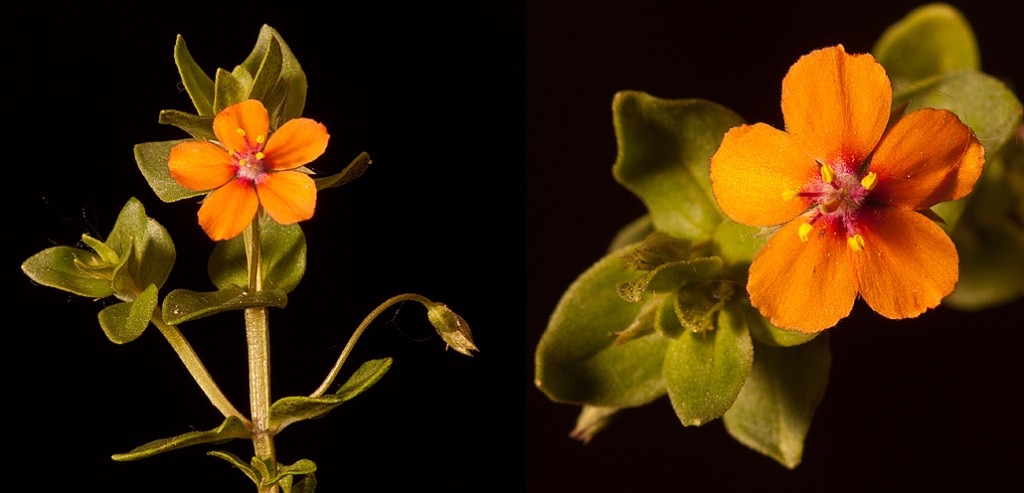
Scarlet Pimpernel Flowers
Scarlet Pimpernel (Anagallis arvensis) also called Common Pimpernel is known from Michigan’s Lower Peninsula and is probably more widespread than records show. It is a member of the tropical Myrsine Family (Myrsinaceae) which contains about 1000 species in 35 genera. In Michigan the family has 13 species, not all native, in 3 genera. The flowers are red, blue, or white. The blue flowered type can be called Anagallis cerulea or Anagallis arvensis var. cerulea or Anagallis arvensis f. cerulea depending on whether you treat it as a distinct species, variety or form. Leaves of the red flowered type have their undersides covered with glandular dots. The blue flowered type lacks these glands. The flowers of all the color types open in the sunshine and close during cloudy weather giving it in the eastern U. S. the common name “Poor-man’s weatherglass.” It is a native of Europe, north Africa and west Asia. This is an annual species which is uncommon for most weed species. The red flowers, square stem, and glandular leaves make this an easy plant to identify.
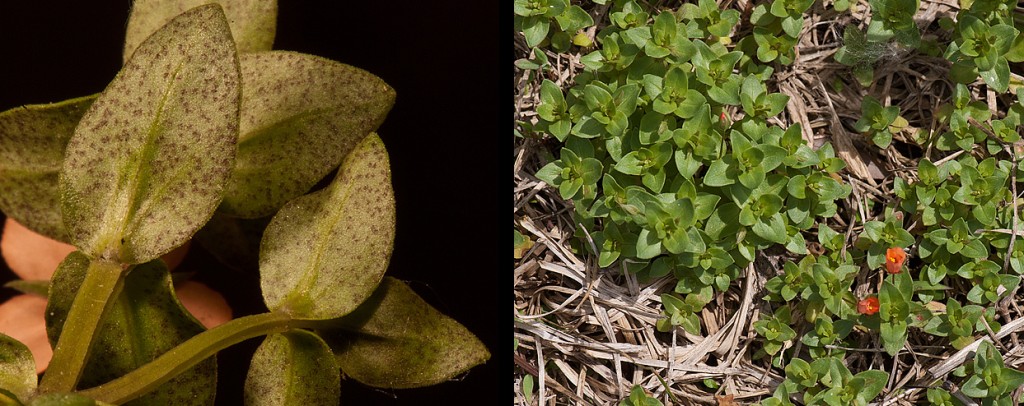
Scarlet Pimpernel leaves
Salt Marsh Sand Spurry, (Spergularia marina) was first collected in Michigan in 1974 along a highway right-of-way. It is native along the coasts of North America and grows at the edges of saltwater marshes. I found it for the first time along Maple Road in Troy, Michigan. It did not grow outside of the area that gets salt spray from the road. I did not know what it was but I was pretty sure that it was in the Pink Family (Caryophyllaceae). I ran it though the key in Voss and Reznicek (Field Manual of Michigan Flora). As often happens, once I identify a plant I find more colonies of it. I found it in Macomb Co. and also on the campus of Oakland University. Both of these colonies grow along sidewalks that are salted in the winter. The fleshy narrow leaves, five petaled pink flowers with three stamens, the salt loving habitat, and the short stature of the plant identify it. This species is also known by the newer name Spergularia salina.
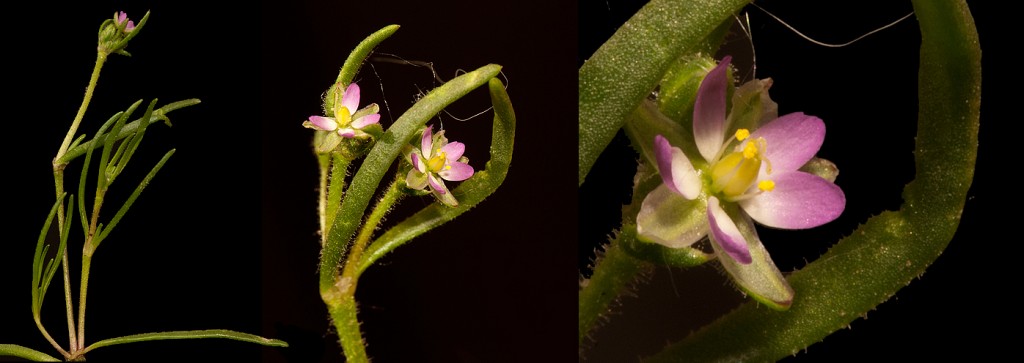
Salt Marsh Sand Spurry
Stork’s Bill (Erodium cicutarium). This Mediterranean native was first found in Michigan in the early 1870s. It has become more common in the last decade and is now found throughout the state. I knew of a single station for this species in Oakland County in the 1970s. Now I know of dozens of locations. The seedpod gives the plant its common name. Erodium comes from the Greek word Erodios, which means heron. The entire plant can be used to produce a green dye. Stork’s Bill is identified by its sprawling habit, divided hairy leaves, and five-petaled pink flowers. (See Green Deane’s “Eat the Weeds” website for more info.)
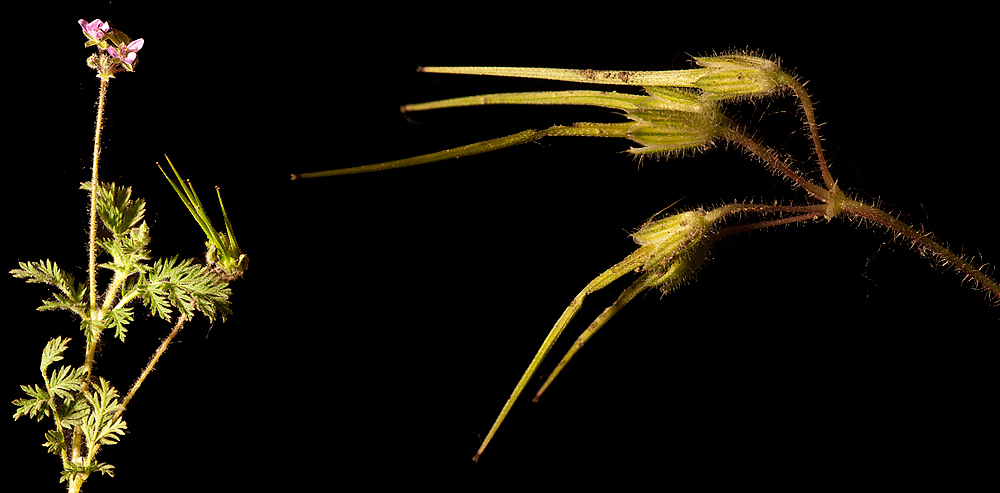
Stork’s Bill flowers and seedpods
Copyright 2013 by Donald Drife
Webpage Michigan Nature Guy
Follow MichiganNatureGuy on Facebook

